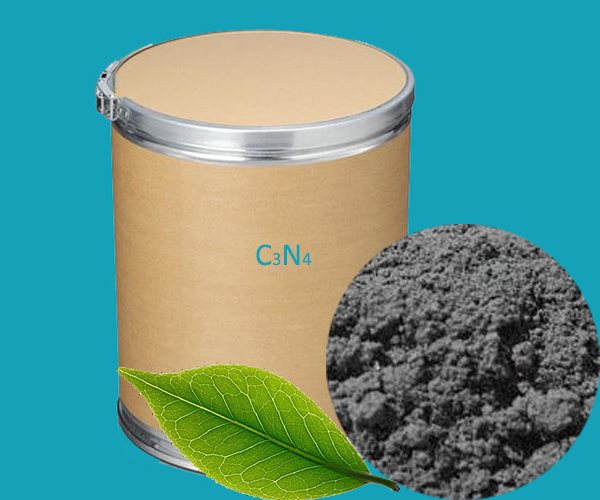Carbon nitride is a class of compounds made up of carbon and nitrogen elements, and they usually contain metallic and non-metallic elements. The chemical formula of carbon nitride can be expressed as M(C,N), where M stands for the metallic element. The structure and properties of carbon nitride depend on the type and proportion of metals contained.
Carbon nitride has a variety of crystal structures, including cubic, hexagonal, and tetragonal systems. They generally have high hardness and good thermal stability, properties that make them a concern in industrial applications.
Here are some of the main uses of carbon nitride:
1. Industrial Cutting Tools and Abrasives: Carbon nitride's high hardness and wear resistance make it an ideal material for manufacturing cutting tools, abrasives, and wear parts. These tools have a wide range of applications in fields such as metalworking, woodworking, and stone processing.
2. High-temperature structural materials: The high-temperature stability and mechanical strength of carbon nitride make it a potential material in high-temperature environments in the aerospace and automotive industries. They can be used to make engine components, turbine blades, and other critical components.
3. Electronic and optoelectronic devices: Certain carbon nitride compounds have semiconductor properties and can therefore be used in electronic and optoelectronic devices such as field-effect transistors, light-emitting diodes, and solar cells.
4. Biomedical applications: The biocompatibility of carbon nitride makes it a potential application in the biomedical field, such as for the manufacture of artificial joints, dental implants, and bone repair materials.
5. Optical coatings: The optical properties of carbon nitride allow it to be used in the manufacture of optical coatings to improve the scratch resistance, light transmission, or reflective properties of optical components.
6. Anti-corrosion coating: The chemical stability of carbon nitride makes it an ideal coating material for corrosive environments such as chemical processing equipment, valves, and pipelines.
 English
English Español
Español Português
Português Français
Français Deutsch
Deutsch Русский
Русский 中文
中文 日本語
日本語
